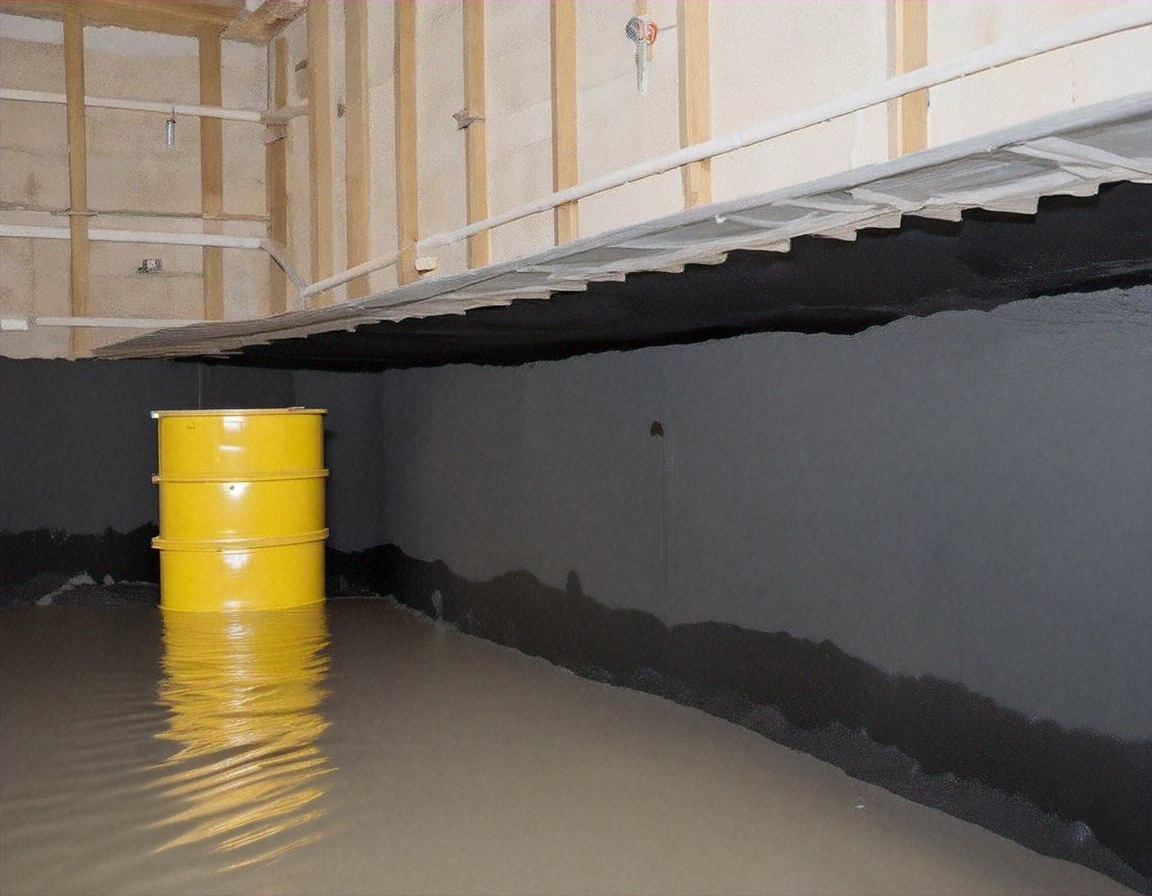Unraveling the Prospects of Fixed Wireless Technology
The dawn of the 21st century marked an era of rapid advancements in telecommunications. As the wheels of innovation churn, new opportunities and challenges emerge in providing connectivity solutions. One of the key players gaining momentum is Fixed Wireless Access (FWA) technology. This technology is steadily attracting attention as an alternative to traditional wired broadband. But what exactly is FWA, and what impact does it have on our connectivity landscape?

The Genesis of Fixed Wireless Access Technology
The concept of Fixed Wireless Access began in the early 90s. It was initially designed to provide wireless connectivity in areas where wired networks were challenging to deploy. FWA works by transmitting a signal from a central location to an antenna at the user’s premises, providing high-speed internet without the need for phone or cable lines.
Over time, with the evolution of wireless technologies, FWA has significantly improved. It has transitioned from providing basic connectivity to delivering high-speed broadband services.
The Present Scenario: FWA in the Limelight
In recent years, FWA has surged in popularity, primarily due to the growing demand for high-speed internet and digital services. As COVID-19 compelled millions to work from home, the need for robust and reliable internet connections has never been more critical.
Moreover, regulatory bodies worldwide are recognizing the potential of FWA. They are promoting its deployment as a cost-effective alternative to traditional broadband, especially in underserved areas.
The Impact of Fixed Wireless Access
FWA’s primary impact is its potential to democratize access to high-speed internet. It is a game-changer for remote and rural areas, where laying traditional wired infrastructure is expensive and logistically challenging.
However, FWA is not without its challenges. Factors such as line-of-sight requirements, weather conditions, and signal interference can affect its performance. Despite these challenges, the potential benefits of FWA cannot be underestimated.
Practical Applications of FWA
FWA has broad applications, from providing home broadband services to supporting enterprise networks. It can serve as a backup connection for businesses, ensuring uninterrupted services during network outages.
Furthermore, FWA can be instrumental in creating smart cities, supporting various IoT applications like traffic management and waste management systems.
The Future of Fixed Wireless Access
The future of FWA looks promising. With advancements like 6G on the horizon, FWA’s capacity and speed are set to improve. Experts predict that it could potentially become a mainstream connectivity solution, not just an alternative.
FWA exemplifies the continuous evolution of the telecommunications industry, leveraging technology to overcome connectivity challenges. As we move forward, it will be interesting to see how it shapes our digital future.
In conclusion, Fixed Wireless Access is a potent force in the current telecom landscape, offering an alternative connectivity solution that’s cost-effective and flexible. Despite its challenges, its potential to bridge the digital divide makes it an exciting prospect to watch. As we traverse the future of connectivity, FWA will undoubtedly play a pivotal role.




